SAN JUAN CAPISTRANO (Day 14 - part 1)
We started the day at Mission San Juan Capistrano (after Saint John of Capistrano, 1386 - 1456). The mission was founded in 1776 in Alta California (or Upper California, a territorial province ruled by the Spanish Empire) by Catholic missionaries of the Franciscan Order. An attempt had originally taken place in 1775 by Father Fermin Francisco de Lasuen (who had built the mission in Santa Barbara), but unrest among the local indigenous population in San Diego called them away.
It became the seventh of nine missions established by Father Junipero Serra (1713 - 1784... making him 63 when he built this one!). Eventually a total of 21 California missions were built. Missions and presidios (forts) were used to spread Spanish rule, Catholicism, and transform the locals into Spanish subjects and members of the colonial order. This would mean changing their culture, language, religion, social customs, work, clothing, food and even their daily routines (the fathers demanded strict time schedules). Unfortunately, many did not have a choice. The Spanish arrivals devastated the local plants and animals with their herds of horses, mules, oxen and sheep. They also brought numerous new disease (such as pneumonia, tuberculosis, measles and syphilis) which killed off almost three-quarters of the population in only 60 years.
A massive earthquake in 1812 collapsed the Great Stone Church, which began the decline of the mission. High mortality rates, drought, as well as inadequate protection and supplies from the Spanish government also contributed. By 1821, Mexico had won its independence from Spain and in 1833 the mission was secularized. Many of the buildings were plundered for construction materials. In 1845 the governor sold it at an auction to his brother-in-law. It then became private ranch property. In 1850, California became a US state, and in 1865, President Abraham Lincoln returned the mission to the Catholic Church. Restoration efforts began around 1910.

Mission entrance
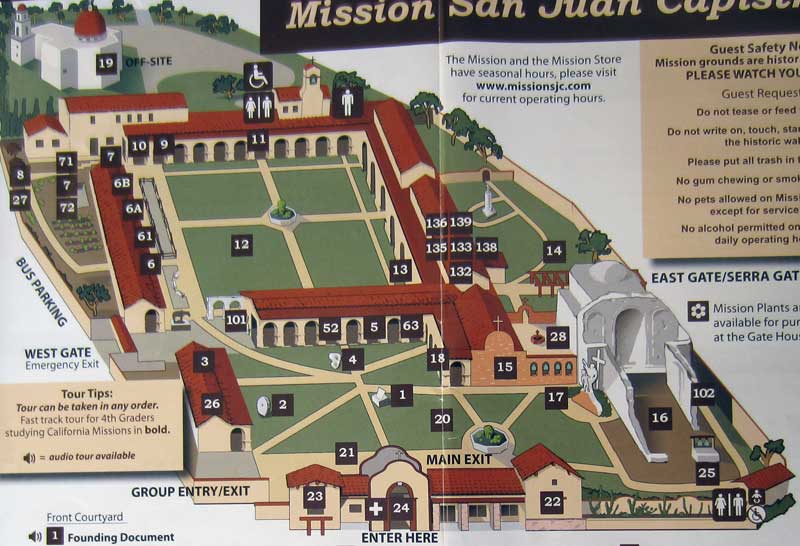
The mission layout


The mission is famous for the cliff swallows that nest here upon completing their annual 6,000-mile migration up from Argentina in March. Unfortunately, urbanization caused a drastic decline in the number of nesting birds. So in 2012, successful attempts were made to "lure" them back. This included playing courtship calls through a speaker to lure any birds flying overhead and also building a large nest wall so they wouldn't have to build nests from scratch (saving them time and energy).
The outer courtyard...


In California, El Camino Real (meaning The Royal Road or The King's Highway) refers to the 600-mile long path which connects 21 Spanish missions and stretches from San Diego to Sonoma.
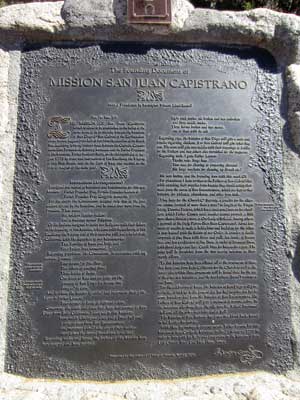
The mission's founding document


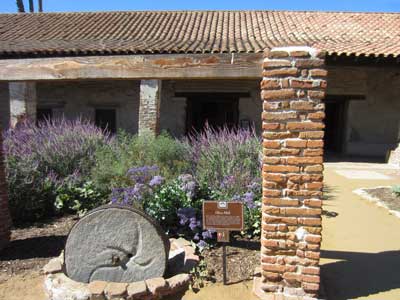

An olive mill, built around the 1880s and reconstructed in the 1930s. Olive oil was used for cooking, lamps, medicines and protective leather balm.
Soldiers barracks (#3 on the above map)...




A merging of cultures

Reading and music




More outer courtyard...




Traditional grinding stone
The south wing...
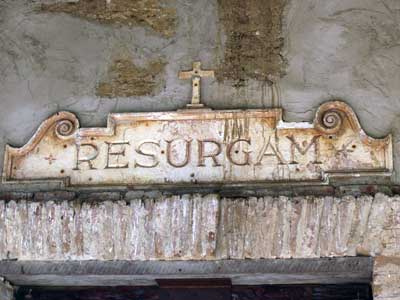

Doorway .... the sitting room
The Spanish government and Catholic Church provided funding and supplies for the first five years of each mission. After that, the padres (fathers) were expected to have built a self-reliant community. Along with their religious roles, they also had to work as teachers, architects, farmers, ranchers, accountants, builders and medics.
A typical day
2:00 am: early morning prayers
5:00 am: wake up, more prayer, prepare for mass
7:00 am: mass and religious classes for locals
8:30 am: breakfast
9:00 am: begin community work
12:00 pm: lunch
12:30 pm: mid-day prayer and siesta (nap)
2:00 pm: work
3:00 pm: prayer break
5:00 pm: end work
5:30 pm: evening mass and more religious classes for locals
7:00 pm: dinner and short nap
7:30 pm: clerical work
9:00 pm: prayers and bedtime


1769 drawing of padres being blessed before setting out on the journey to Alta California. ... A mission priest baptizes an Acjachemen baby.

Father Geronimo Boscana (1776 - 1831) was stationed here for over a decade. He wrote historical accounts of the Acjachemen traditions and culture.





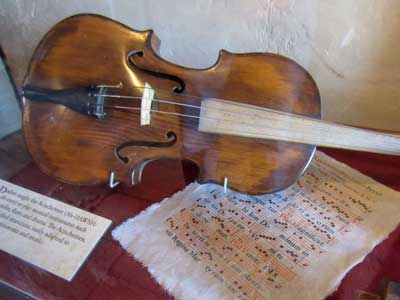


A bedroom


The south wing ... a glimpse across the central courtyard at the north wing
return • continue

